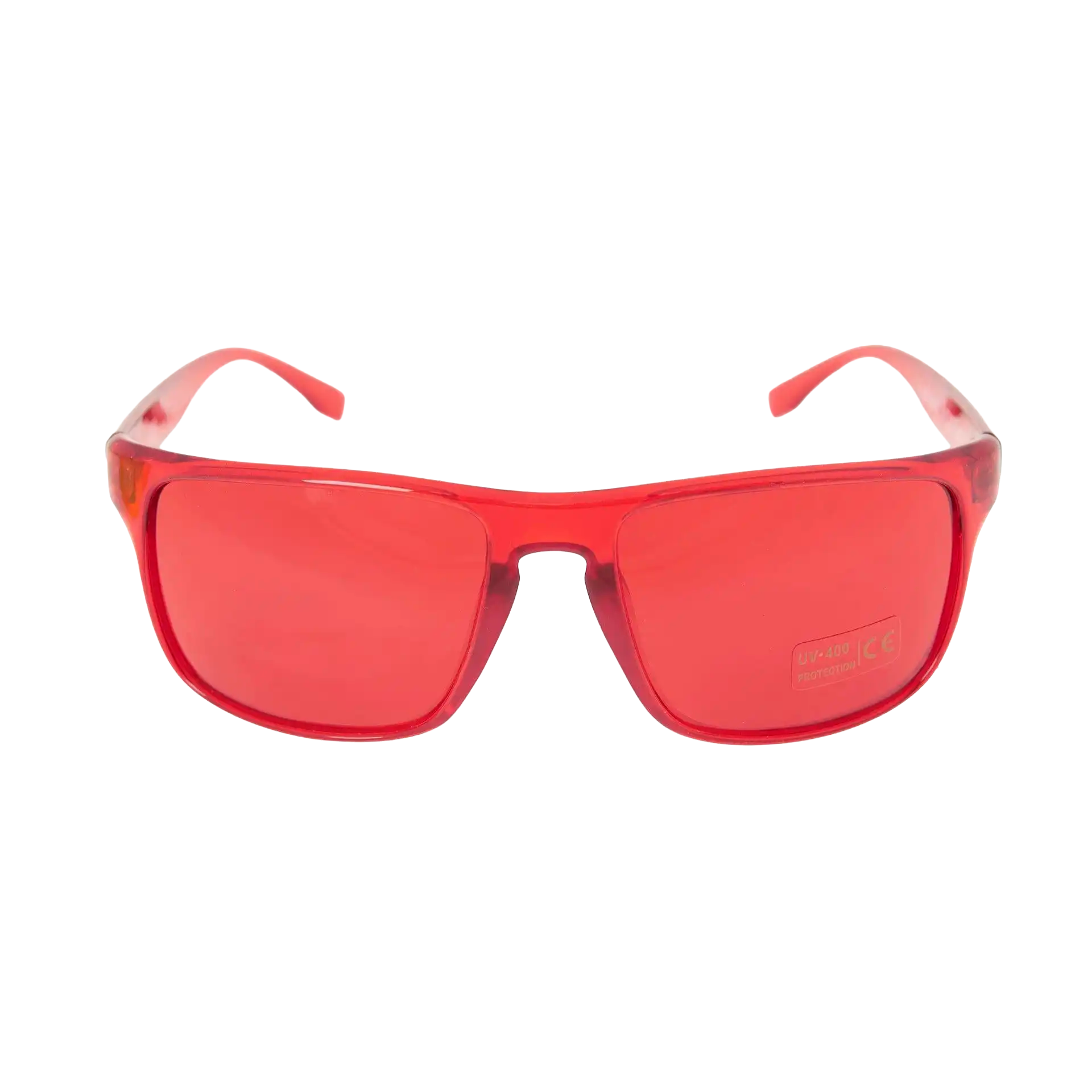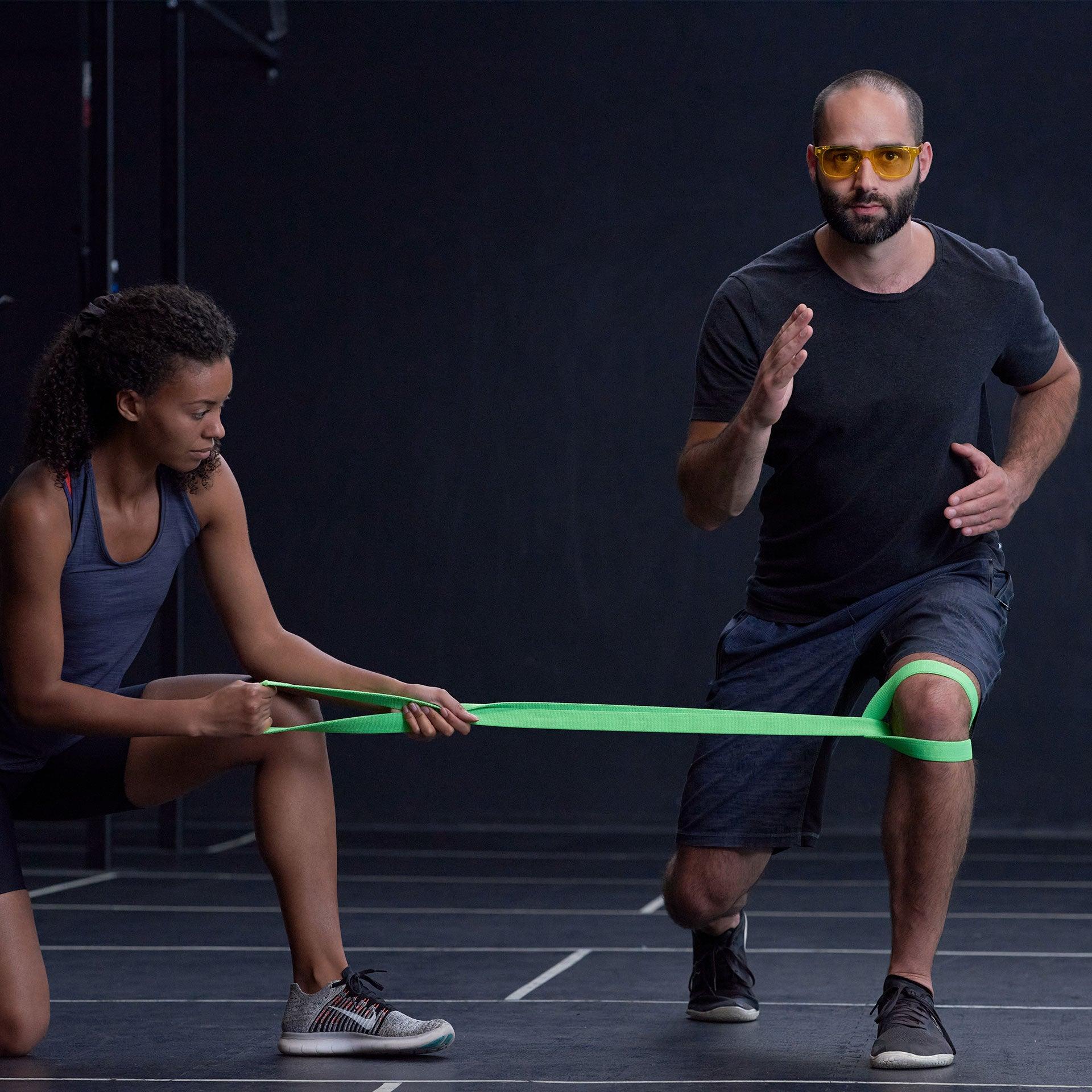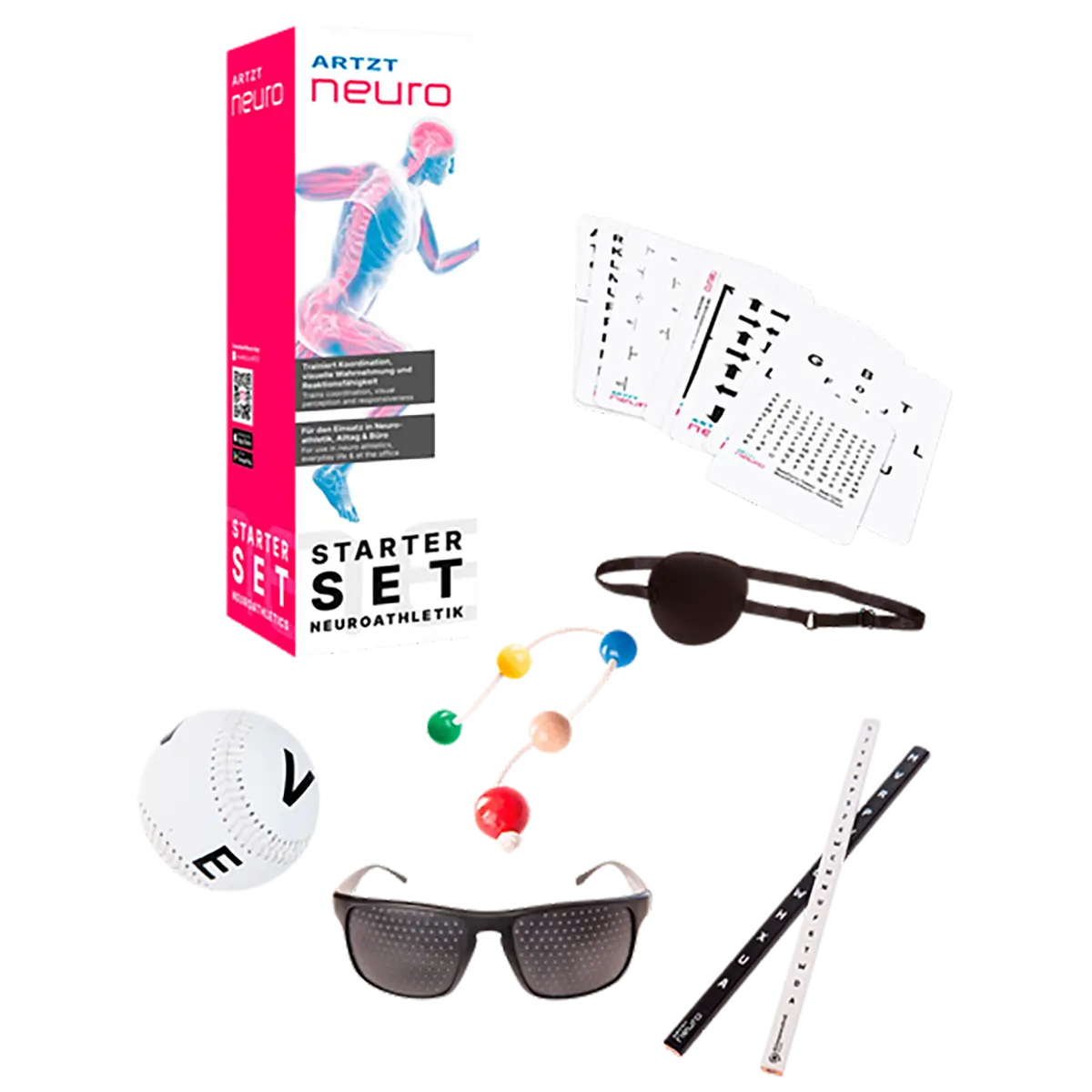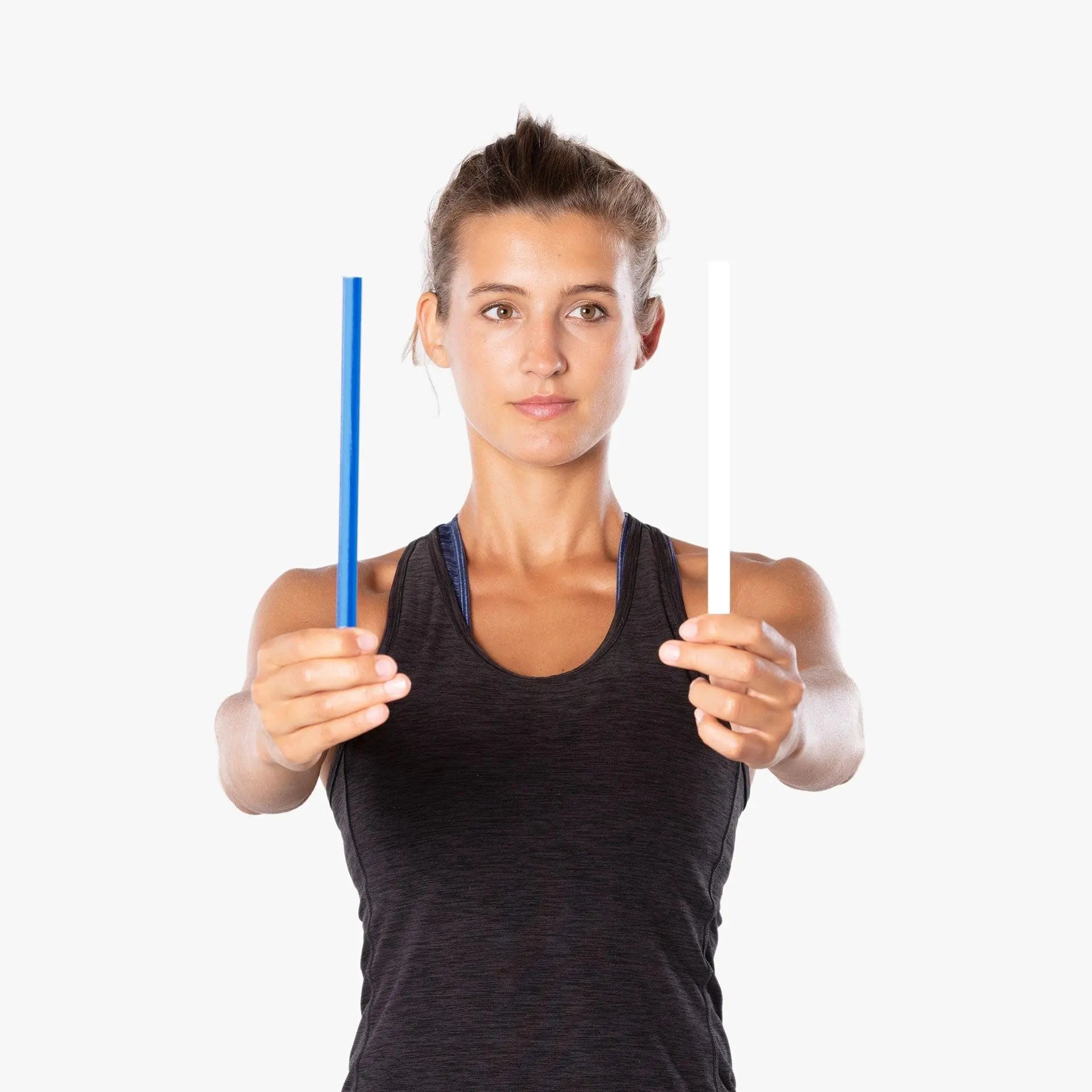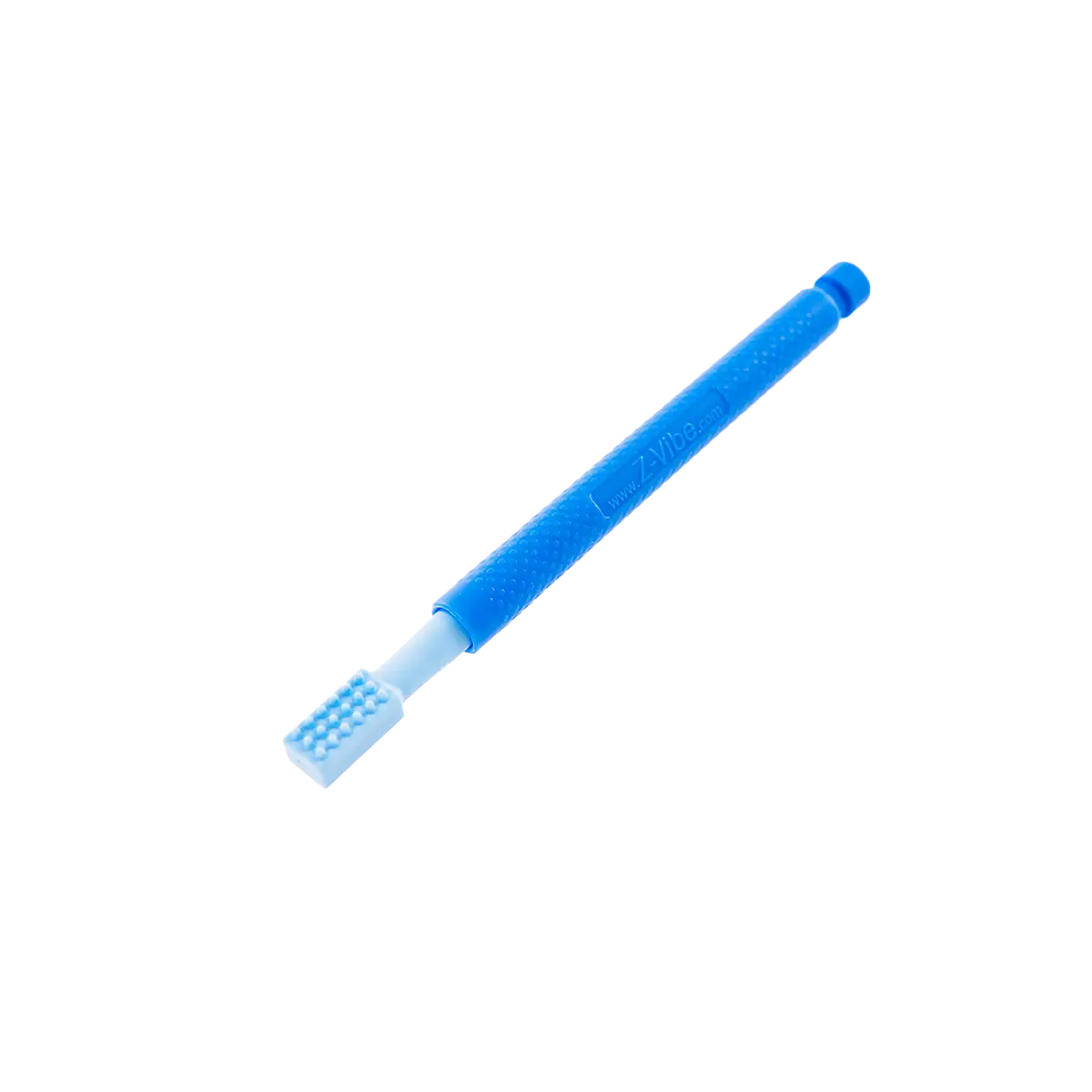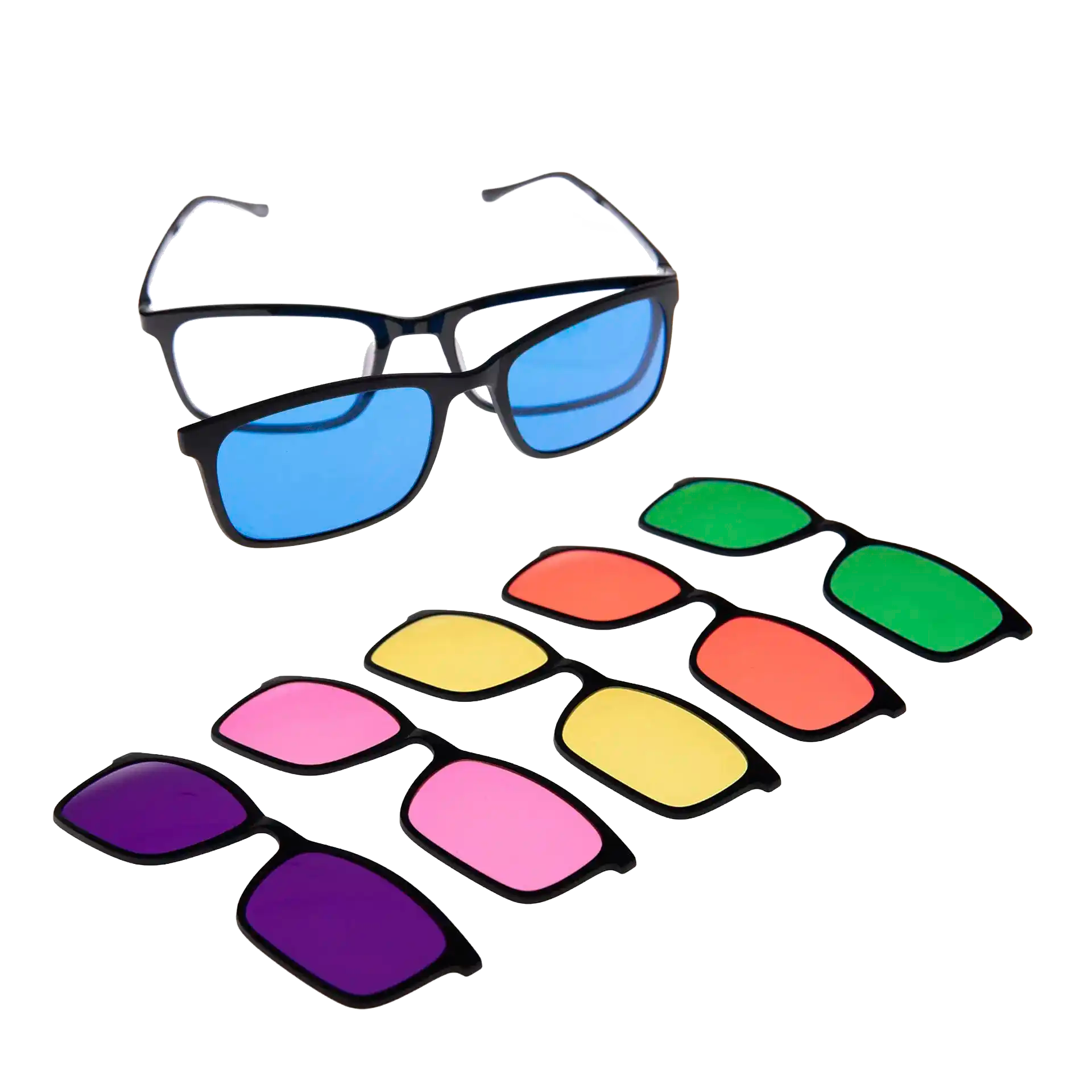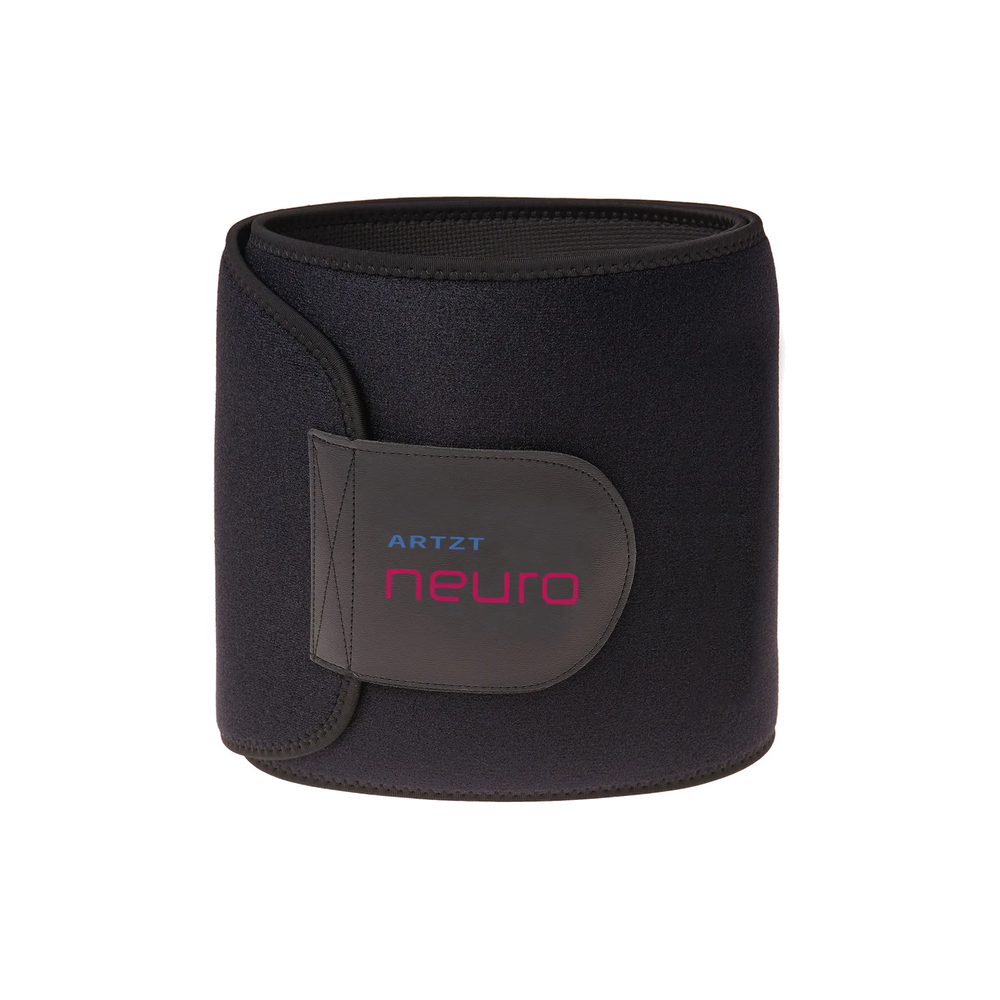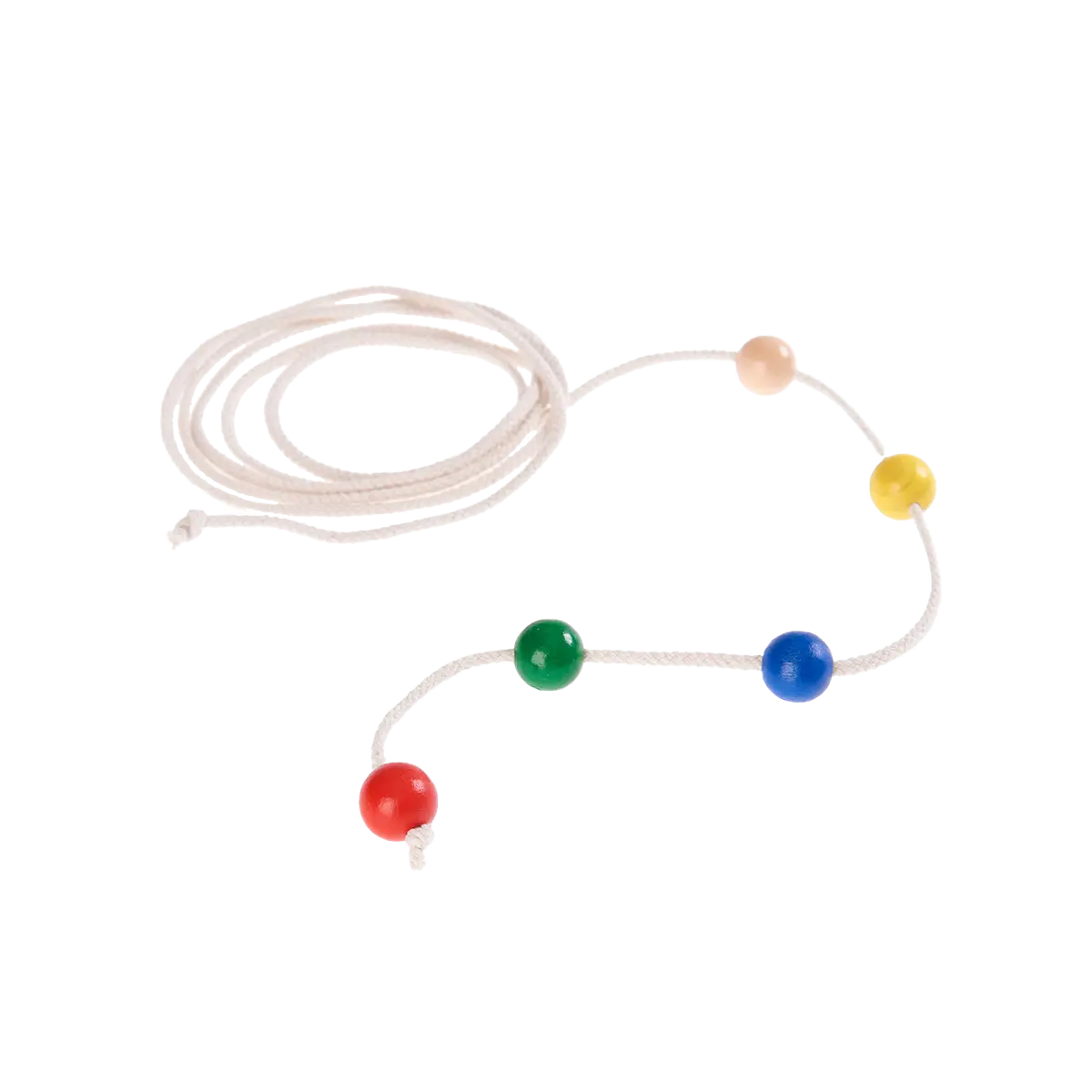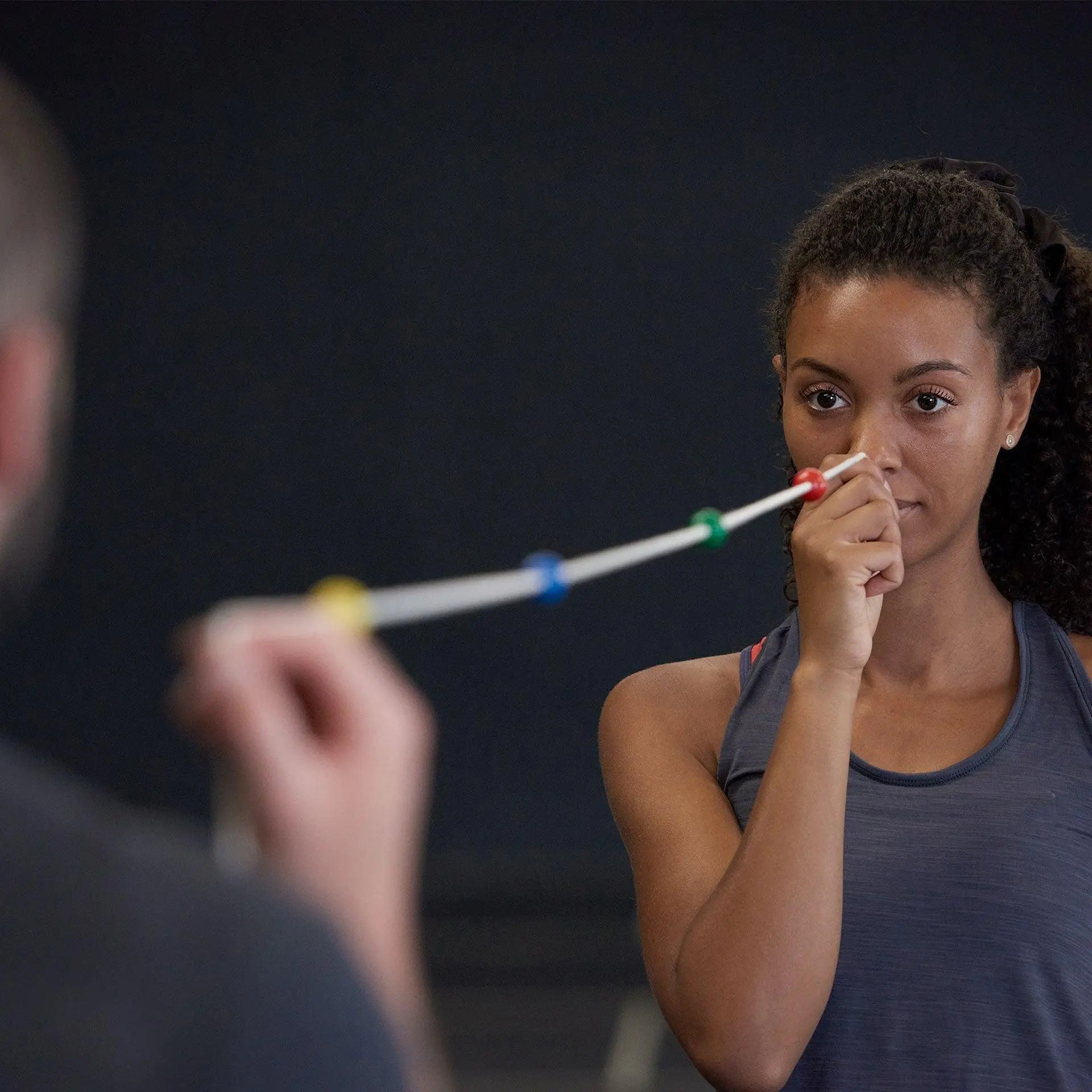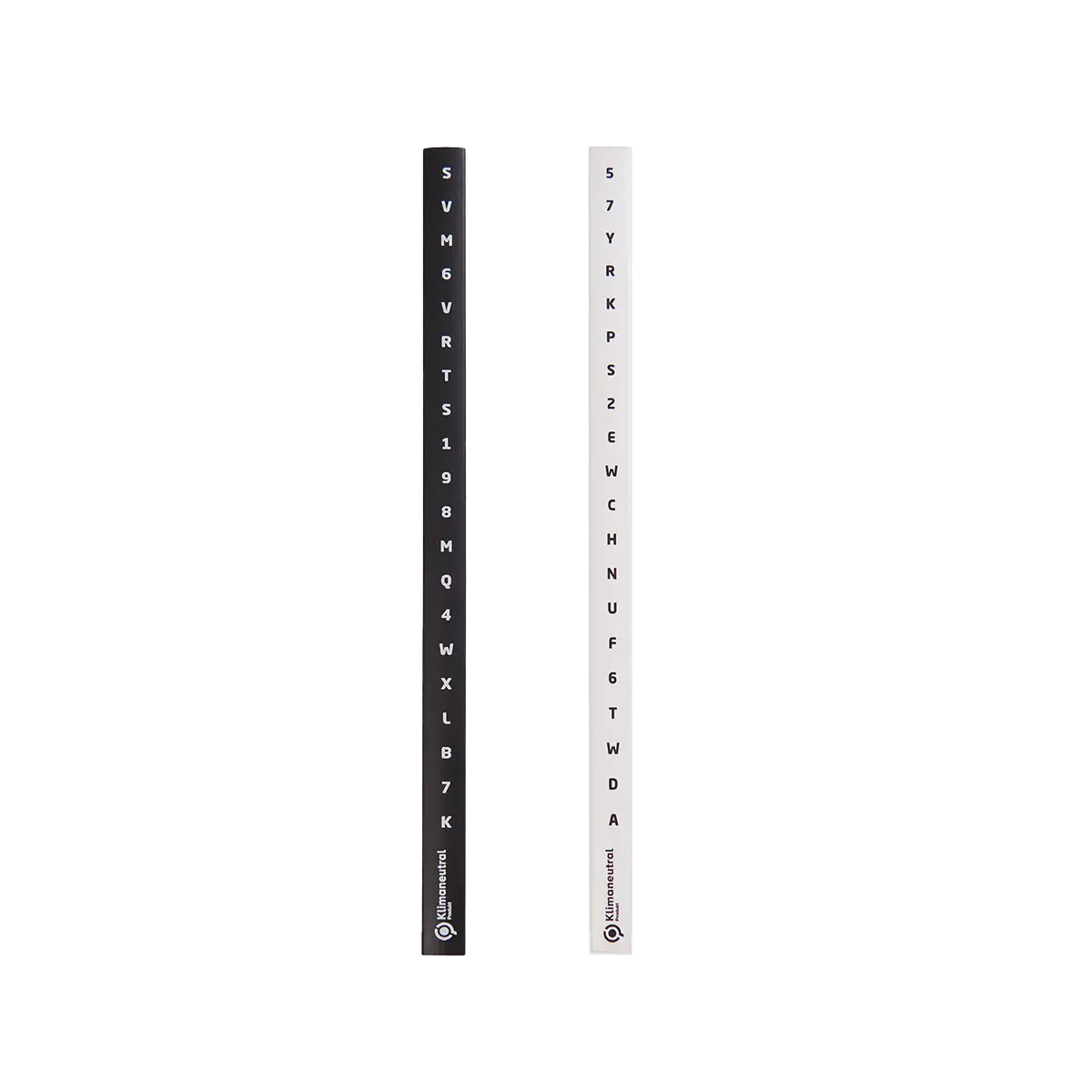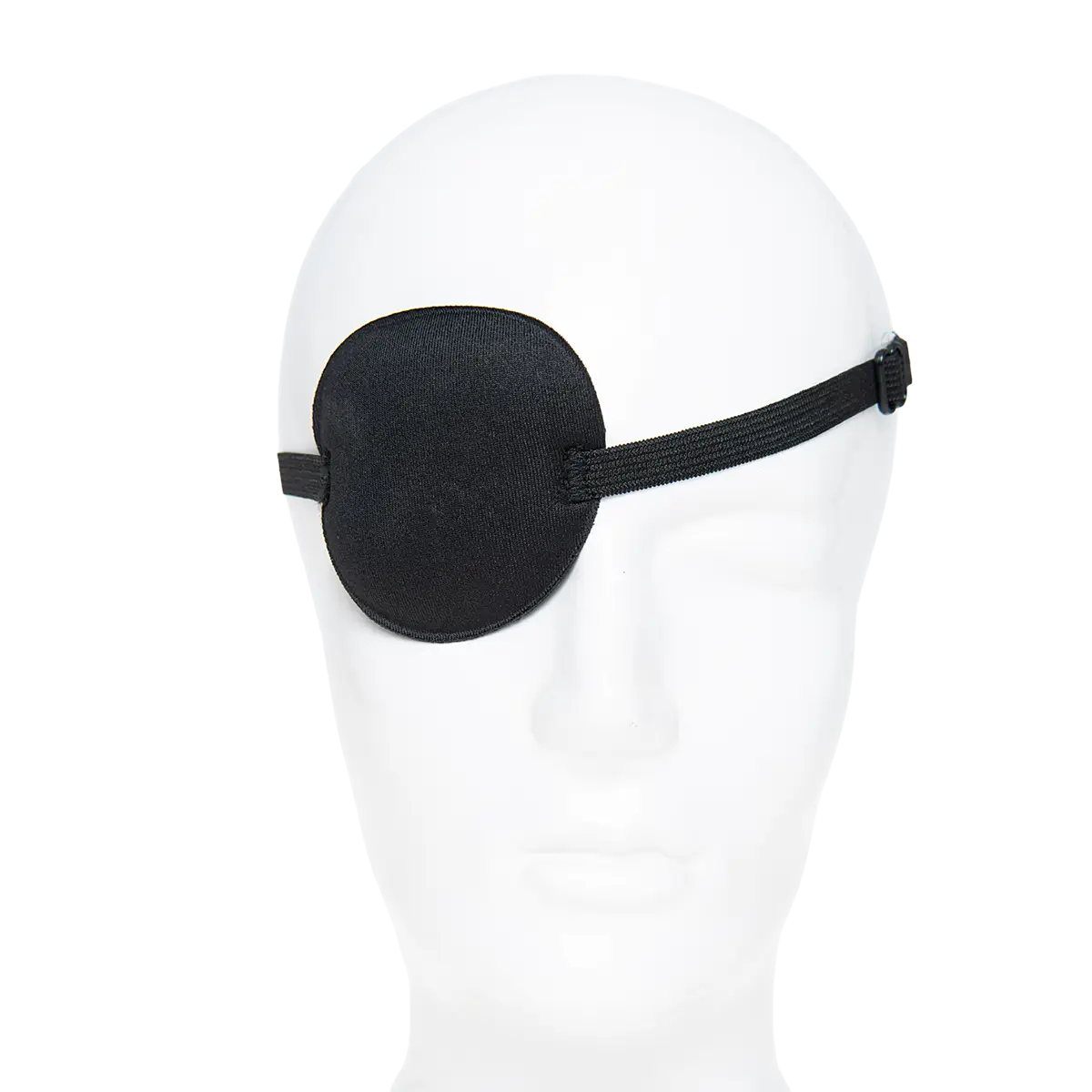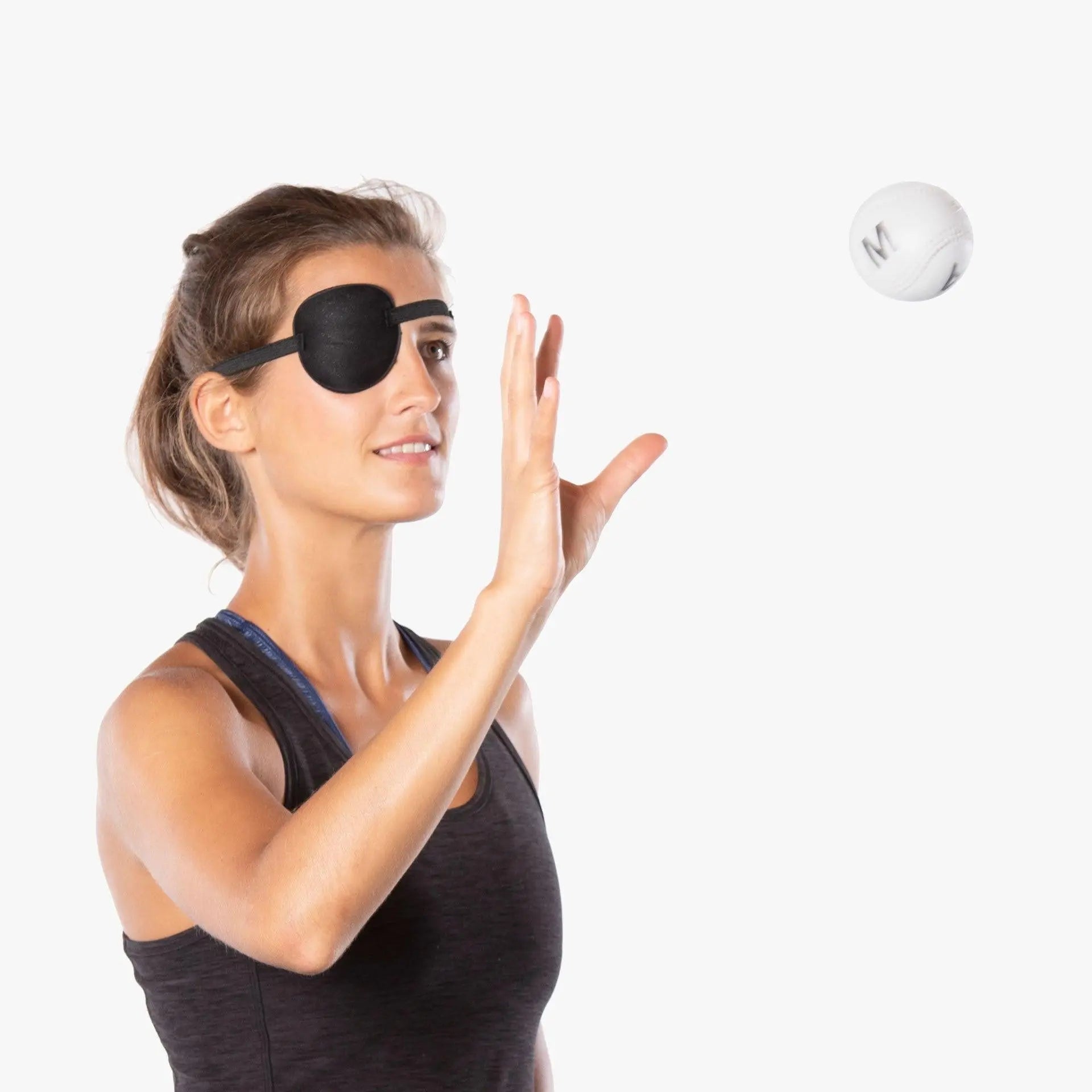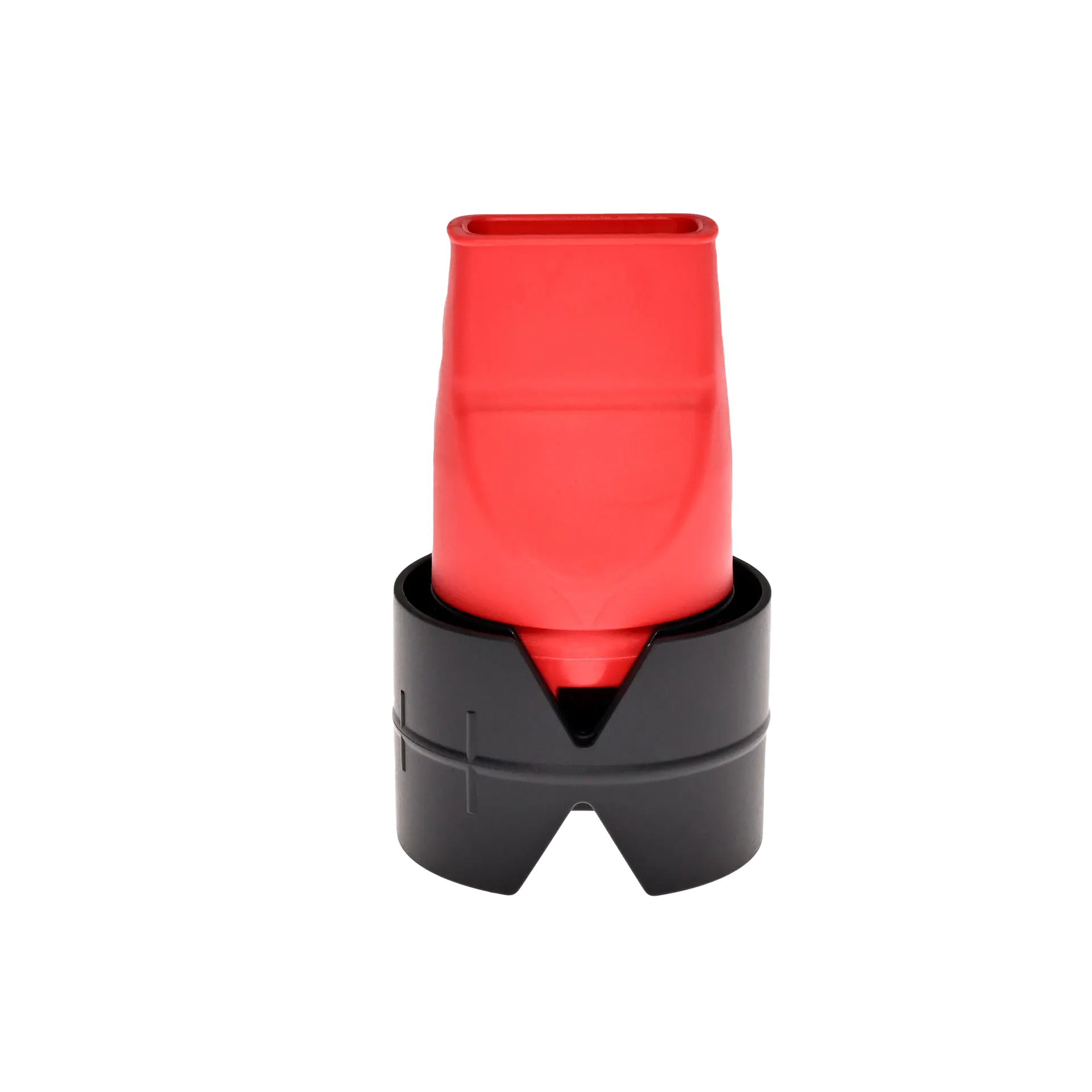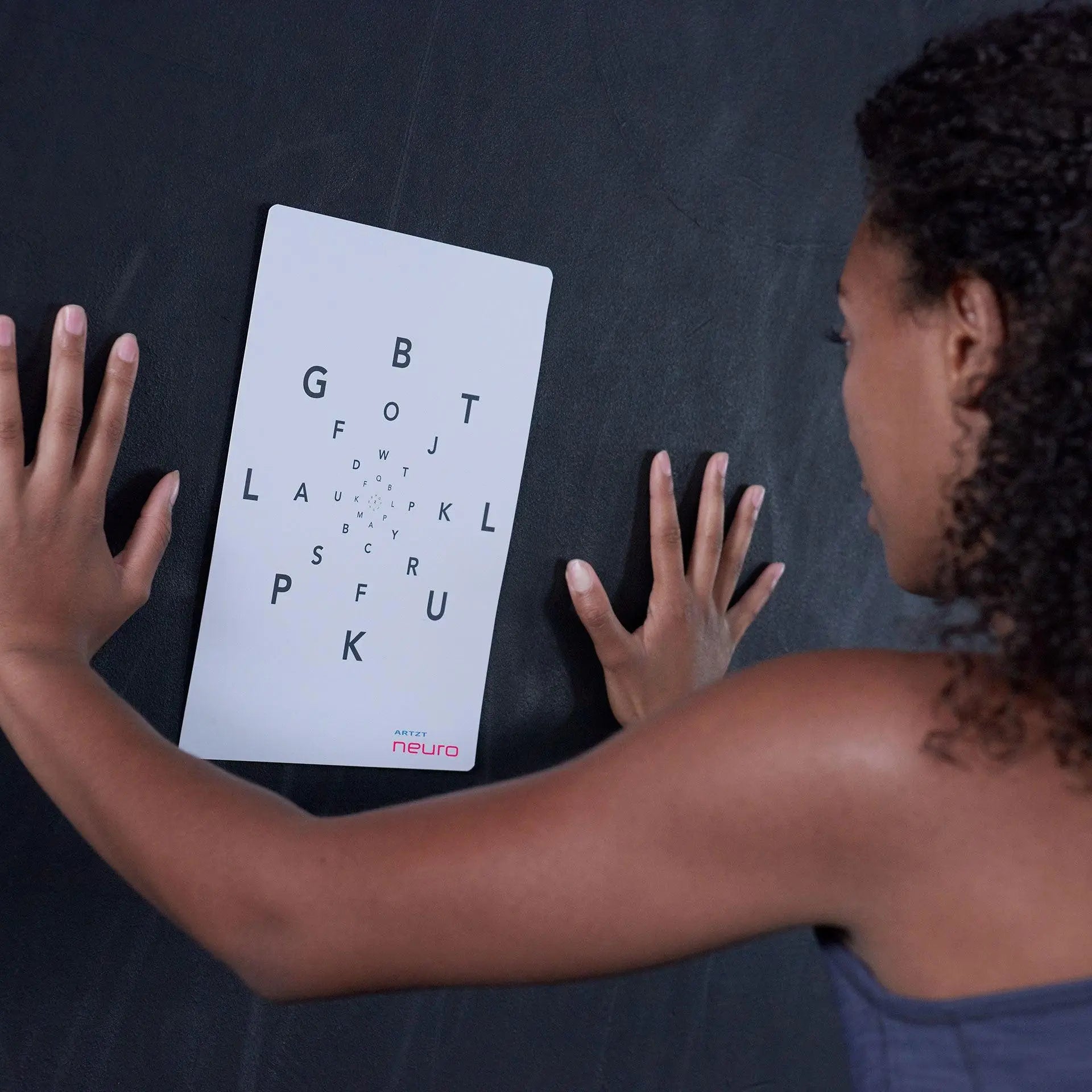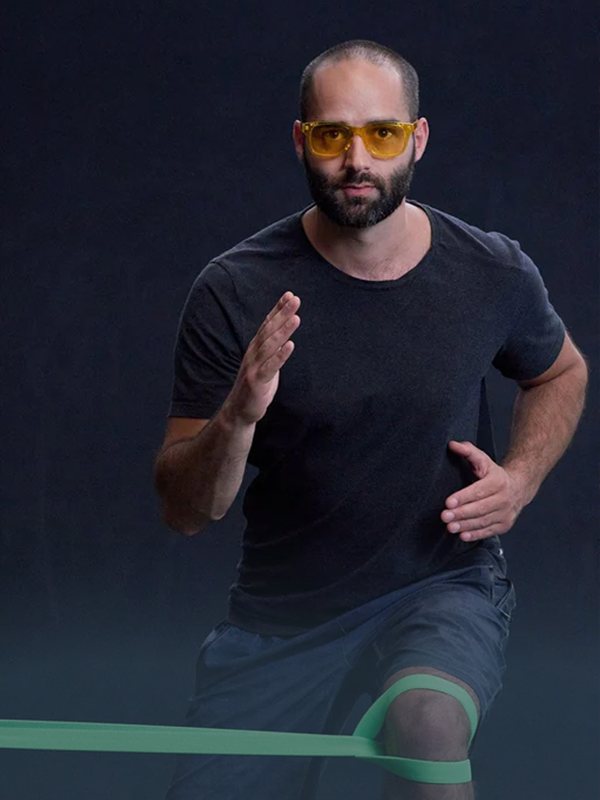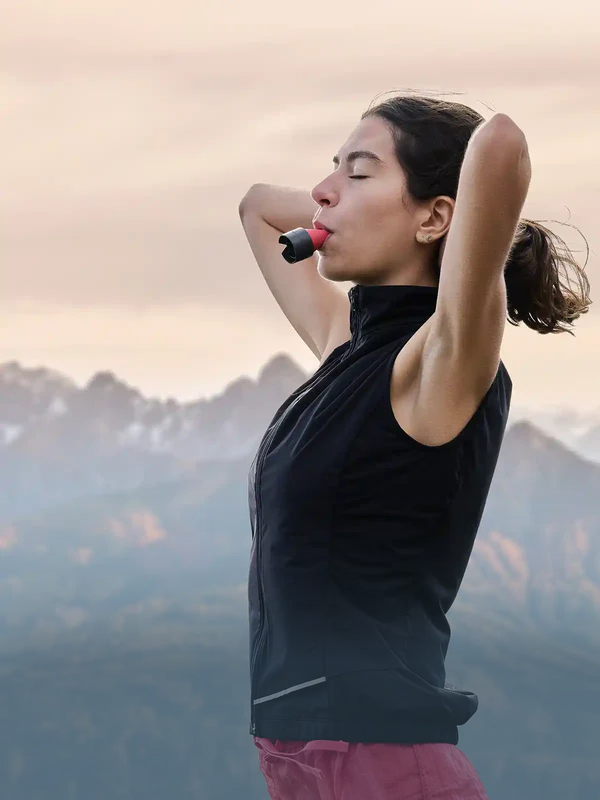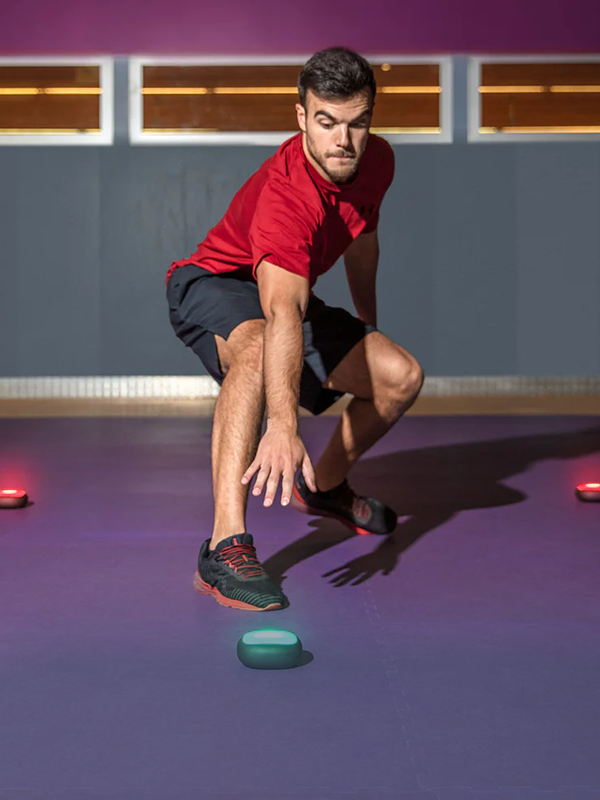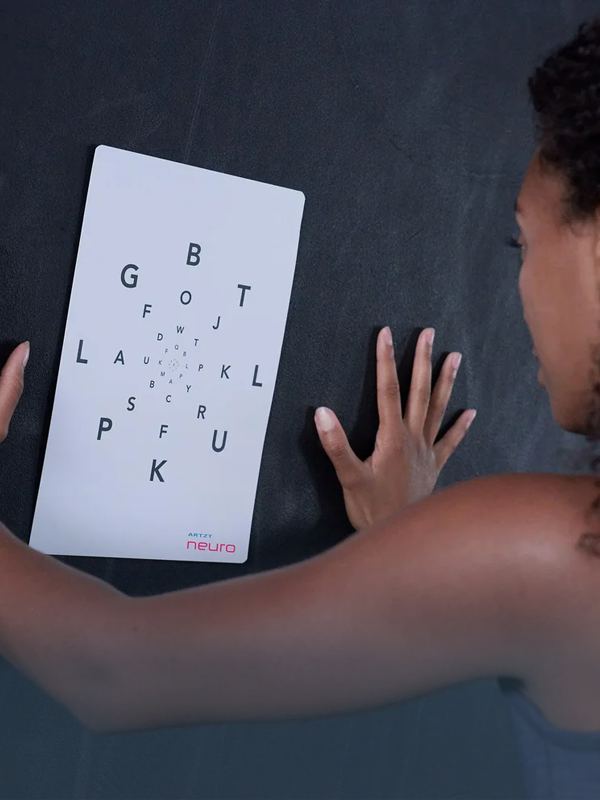Reading time: 11 minutes
Around ten percent of the population suffer from the neurological disease migraine. It occurs about three times more often in women than in men. Unbearable and throbbing headaches combined with nausea, vomiting and neurological deficits can be signs of an existing migraine. In this article, you will learn how to recognize it and how to treat it quickly with and without medication - for example through neurocentric training.
Contents
- Migraine is hereditary
- Out of action for up to 72 hours: Recognizing migraines (with aura)
- Hormones, coffee, tension? The most common migraine triggers
- Migraine attack: what happens in the brain
- The difference to headaches
- Migraine in children: early detection and treatment
- Migraine treatment with and without medication – how it works
- Strengthen the connection between brain and body
- 3 effective migraine exercises from neuroathletics
- Chronic migraine without treatment – danger for the heart and psyche?
- Conclusion: Understanding migraines and counteracting them
Migraine is hereditary
The number of patients suffering from migraines has risen steadily in industrialized countries over the past four decades and is one of the so-called diseases of civilization, which are also often described as "diseases of affluence" . Based on so-called twin studies , it is assumed that not only the susceptibility to depression, but also that to migraines can be inherited. However, the actual occurrence of the disease depends on other factors. Around 50 to 60 percent of affected women and 40 percent of affected men are suspected of having such a hereditary predisposition to migraines.
Out of action for up to 72 hours: Recognizing migraines (with aura)
For most migraine sufferers, the attack comes suddenly and without warning , often accompanied by a throbbing headache that can last up to 72 hours. Daylight becomes almost unbearable and sensitivity to smells and noises is increased, which is why sufferers often instinctively seek out a quiet, darkened room. In addition to the severe pain , nausea, vomiting, tiredness and sometimes cravings or digestive problems often occur.
However, some people can recognize that an attack is imminent before the headache occurs. These signs, known as the "migraine aura," can begin days beforehand with psychological, neurological and autonomic abnormalities and are completely reversible. Typical symptoms of an aura are visual disturbances (e.g. one-sided vision), speech and hearing disorders, and motor deficits such as loss of strength in the arms and legs. This phase usually subsides before the actual headache begins and leaves no lasting symptoms.
Hormones, coffee, tension? The most common migraine triggers
The increasing number of migraine cases in recent decades suggests that environmental factors such as stress, lack of sleep and unhealthy diet can encourage attacks. Hormonal fluctuations , for example during the menstrual cycle, sudden changes in the weather and certain smells are also considered possible triggers.
Some foods and stimulants such as alcohol, coffee and certain types of cheese are also often identified by patients as triggers. Muscular tension , especially in the shoulder and neck area, as well as blockages in the cervical spine, jaw or due to misalignment of the feet (e.g. flat feet or fallen arches), can also promote migraines, as they can trigger tension headaches and migraines.
Psychological stress such as excessive worry and anxiety also often contribute to migraine attacks and can trigger an attack in a short period of time.
Migraine attack: what happens in the brain
According to current research, there is a "migraine center" in the brain stem that becomes visible during an attack as an area with a high blood supply - the so-called "migraine generator". It is activated by a high sensitivity to stimuli and triggers the migraine attack. According to one theory, a migraine attack begins with an overactivity of nerve cells in the brain stem that irritates a certain nerve. This overreaction irritates the fibers of the trigeminal nerve, whose fine branches reach into the walls of the blood vessels in the brain and transmit pain signals .
This releases messenger substances that dilate the blood vessels and cause painful, nerve-related inflammation. This inflammation increases sensitivity to pain , so that the pulse wave is perceived as a pulsating headache . In addition, other areas of the brain are activated, which explains accompanying symptoms such as nausea, vomiting and sensitivity to light or noise.

The difference to headaches
Migraines differ from normal headaches primarily in the way the brain reacts to stimuli such as noise, light or temperature changes . In migraine sufferers, the brain does not get used to repeated stimuli such as light or noise as usual. Instead, the so-called "anticipatory tension", i.e. the increased sensitivity of the brain to stimuli, remains constantly high. As a result, sufferers react sensitively to external influences even between migraine attacks, which explains the frequent onset of sensitivity to light.
In addition, one theory assumes that migraines are triggered by external factors such as stress, changes in the weather or hormonal changes , which lead to a short-term constriction and subsequent expansion of the veins in the head. This vasodilation then triggers the typical, pulsating pain , which distinguishes migraines from conventional headaches, along with increased blood flow and stretching of the vessels in the head.
Migraine in children: early detection and treatment
Migraines in children are often harder to recognize because they manifest differently than in adults: the pain usually affects both sides of the head and the forehead, and nausea, stomach pain and even vomiting typically occur - sometimes without a headache. Pay attention to whether your child has these symptoms or also reports "fantastic images" ( Alice in Wonderland syndrome ), as these can be signs of an attack .
Migraine attacks in children last at least an hour and are usually shorter than in adults. Treatment is usually recommended with ibuprofen or paracetamol in age-appropriate doses, as well as preventative relaxation and breathing exercises and a regular daily routine with sufficient sleep and exercise . Home remedies can also have a soothing effect.
Migraine treatment with and without medication – how it works
Migraine attacks can really turn everyday life upside down. Fortunately, there are a whole range of methods to relieve the symptoms - with and without medication and painkillers. From tried and tested home remedies to sport and regenerative exercises to massages and physiotherapy - there are many ways to noticeably reduce the frequency and intensity of your migraine attacks. If you also analyze possible triggers and minimize stress factors, you have a good chance of getting the symptoms under better control in the short and long term.
Home Remedies for Migraines
Even if migraines cannot be treated with home remedies alone , there are some natural solutions that can help alleviate typical migraine symptoms. For example, teas made from medicinal herbs such as cloves, ginger or chamomile as well as coffee with lemon are popular remedies that sufferers often find soothing. In addition , cold and heat applications or aromatherapy with essential oils such as peppermint oil can provide relaxation and reduce pain.
Clarity thanks to the migraine diary
Since the causes of migraines are varied, it is advisable to keep a migraine diary to find out which stimuli trigger or intensify the symptoms . Since the body often only reacts to certain triggers after hours or even days, a carefully kept diary is very helpful in researching the causes.
Younger people in particular should pay attention to emotional and mental stimuli . For example, heartbreak or the intense phase of self-discovery at a young age can overload the brain and encourage migraines.
Be sure to see a doctor
A neurologist should definitely be consulted when clarifying the pain attacks in the head. Due to the different types of migraines and the different symptoms associated with them, there are a variety of treatment options that are best examined and determined by a doctor.
There is also the possibility that a more serious diagnosis is hidden behind these recurring pain attacks. To rule this out, the cause of the symptoms should be clarified as quickly as possible.
treatment with medication
When it comes to the drug treatment of migraines, there are both preventive and acute treatment options to prevent attacks or reduce their intensity. Beta blockers are often used to prevent chronic migraines . These have a regulating effect on the cardiovascular system and thus reduce the frequency and severity of the attacks. This also reduces the risk of cardiovascular complications such as strokes.
Triptans are often the drug of choice for acute treatment , as they have a targeted effect on pain processing and the dilated blood vessels in the brain and can provide rapid relief if taken early. The selection and dosage of these medications should always be discussed with a doctor, as both beta-blockers and triptans can have side effects.
How do physiotherapy, osteopathy or massages help?
If the treating physiotherapist determines that the migraine problem may be caused by physical imbalances , various treatment options are available. Depending on the affected area of the body, targeted, individually adapted therapies and exercises can be useful for migraines.
Manual therapy gently and successfully resolves muscle imbalances and possible joint blockages. The special form of manual therapy for migraines is Kern's treatment. This is used specifically in acute and chronic disease processes and also prophylactically.
Osteopathy also shows good results: Here the osteopath senses potential energy blockages and releases them to promote the flow of energy. Trigger point treatment is also considered helpful, especially for tension in the muscles in the neck, which can radiate pain into the head.
In addition, specific massage techniques such as Thai massage or acupressure on the meridians offer another way to relieve migraines and counteract the painful cycle.

How important are relaxation and sport
In addition to the type of therapy determined by the physiotherapist, it is a good idea to do some form of exercise in your free time. Endurance sports such as jogging, swimming or cycling in particular promote blood circulation, help reduce stress and improve general physical fitness. People who do predominantly static or one-sided work in particular should give their bodies sufficient periods of rest and balance.
In addition to traditional office work, this also includes nursing jobs, assembly line work, retail jobs and manual work. Methods such as autogenic training , meditation, yoga and progressive muscle relaxation according to Jacobson help to bring body and mind into harmony and prevent migraines. These techniques promote body awareness, teach how to alternate between tension and relaxation and can also help with sleep problems and anxiety.
>> Reading tip: 5 neuroathletic exercises for headaches
How healthy eating can help
Diet plays an important role in the prevention and treatment of migraines. Here are a few tips:
- Magnesium-rich diet: Foods such as spinach and pumpkin seeds can relieve migraine attacks, as magnesium is often lacking in migraines
- Caffeine in moderation: Small amounts of caffeine have a soothing effect, while too much caffeine or abrupt cessation can worsen migraines
- Avoid trigger foods: Some foods, such as aged cheeses, contain histamine and tyramine, which can trigger migraines. Alcohol, chocolate and processed foods are also considered typical triggers.
- Regular meals: Eating regularly keeps blood sugar stable, which can prevent migraine attacks
Botox: Help with 15+ monthly headache days
Botox (botulinum toxin A) is an approved treatment for the prevention of chronic migraines and is used primarily in patients who have 15 or more days of headaches per month. It works by blocking pain impulses that travel between nerves and muscles. This can significantly reduce the frequency and intensity of attacks. The treatment involves several injections into specific areas of the head and neck and must be repeated approximately every three months to achieve a stable effect.
Strengthen the connection between brain and body
Article by physician and neuroscientist Hady Daboul
Neuroathletics and neurocentric training are approaches in which you train your nervous system through targeted exercises - this improves movement, body awareness and performance. Neurocentric training strengthens the connection between brain and body; neuroathletics, as a sub-area, focuses specifically on athletic performance and reaction.
Our balance system, neck muscles and our eyes always work closely together. No muscle in the body can move as precisely as our eyes. However, if our neck is unstable and our balance system is inaccurate , our eyes cannot develop their full capabilities. They then have to perform extremely precise movements on a shaky foundation, so to speak. The result: visual stimuli are overwhelming.
How neurocentric training can help
Proprioception is the ability to receive and process information from the body's periphery in order to then know where the individual limbs are in space. Neurocentric training looks at all the steps from the reception and processing of information to the creation and execution of movement and checks where exactly something is being compensated. Resolving these compensation mechanisms has great potential for movement and pain problems.
Download Whitepaper: NTC for Migraine >
Targeted stimuli against migraines
This is where neurocentric training comes into play. Through targeted stimulation and structural work on central structures, systems around the neck, eyes and balance are stabilized. Visual stimuli are no longer as overwhelming and attacks can be reduced - in frequency and intensity.
Which areas of the brain should be developed and strengthened is different for everyone. In training, we use simple movement tests to find out exactly that. Among other things, we are currently using this approach in our app "heyvie" (Download: App Store | Google Play ) for use in migraines; it is your digital coach for migraines.

Hady Daboul is a doctor, neuroscientist and Z-Health Master Coach
How balance and body awareness affect migraines
Movement relies on three systems: visual, proprioceptive (spatial body awareness) and balance. When reaching for something, such as a coffee cup, these systems must work together harmoniously to ensure precision and stability.
If information is missing, such as after a wrist injury, the brain adapts the movement and uses the entire arm instead of just the wrist. This adaptation is helpful, but it costs more energy and puts strain on other parts of the body. This costs more energy and in the long run leads to overload and possibly pain or migraines when the brain and body's ability to compensate is exhausted.
We don't just have one system that we have to compensate for, but several. Although these systems work redundantly and can take over parts of the other's work, this compensation is exhausted at a certain point. The consequences: pain, immobility or even illnesses such as migraines, because the brain is permanently overloaded and "relieves" this tension in the form of headaches.
How does this help people with migraines?
Hady Daboul: When we treat people with migraines, we often start by specifically training proprioception (the perception of one's own body position) and surface sensitivity in the neck. If we are not able to consciously feel and move our neck adequately, the reflexive control that we rely on is impaired. We therefore teach our customers to control their neck muscles precisely .
The goal of the whole thing: relearning movements that may no longer have been performed because the brain blocked these movements for safety reasons. Similar to the tilted wrist, we often see a lack of control in the neck muscles in migraine sufferers.
3 effective migraine exercises from neuroathletics
Many people suffer from migraines and tension headaches. Those who spend a lot of time in front of a screen in particular often suffer from migraine-like headaches, tired eyes or even visual disturbances. Neuroathletics trainer Kevin Grafen shows you the best neuroathletics exercises you can do for these problems in the video below.
Exercise 1: Head massage
For the first exercise, move your hands, or more precisely the tips of your index and middle fingers, along the right and left side of the spine on the neck until you feel the edge of the skull. The muscles that attach there are often extremely tense and can trigger migraines and tension headaches. Now massage in a circular motion with a pressure that is just comfortable for around ten to fifteen repetitions to the right and left. Both sides, of course! Then move one hand a little further into the middle and a little higher - you can see exactly where that is in the video. There is a tendon attachment there, which you also stimulate in a circular motion with light pressure.
Exercise 2: Eye massage
What few people know: We often get migraines because the eyes send too much information to our brain , which then overloads the brain. With an active massage of your eyes as in exercise two, where you massage first the lower and then the upper edge of both eyes with light pressure, your eyes and brain can relax immediately. After the massage, both hands are placed over your eyes for about a minute, darkening the eyes, which ensures even deeper relaxation.
Exercise 3: Relaxation
For the third exercise, Kevin makes use of the effect of color on the eyes and brain. Green light waves have a relaxing effect, which means that the green colored glasses from neuroathletics can not only relieve headaches immediately , but can also be used preventively almost anywhere in everyday life. Anyone who often suffers from migraine-like headaches knows: it's worth a try!
Chronic migraine without treatment – danger for the heart and psyche?
Long-term, untreated migraines can have significant health effects . Studies show that chronic migraines can increase the risk of cardiovascular diseases such as strokes and heart disease, especially in those over 50 years of age. The psychological side of the pain is also often affected: depression and anxiety disorders are more common among migraine sufferers than average, as the disease can severely impair quality of life. In addition, repeated use of painkillers without medical supervision can lead to so-called "medication overuse headaches" and cause liver or kidney damage.
Conclusion: Understanding migraines and counteracting them
Migraine is more than just a headache. It is a complex neurological disorder that significantly affects the daily lives of millions of people. But the more we learn about the causes and mechanisms of migraine, the better we can take targeted measures to mitigate its effects. The combination of scientific research and innovative training methods , such as those found in neuroathletics, offers new and promising perspectives for those affected.
With carefully kept migraine diaries, physiotherapy treatments and individual neuroathletic exercises, we can not only find relief, but also reduce the frequency and intensity of migraine attacks. It is clear: A deeper understanding of the interaction between head and body, coupled with targeted training sessions, opens up new ways to combat migraines.
Be inspired by the possibilities of neuroathletics and discover how an individually tailored training routine can sustainably improve your quality of life. Stay tuned, stay curious and always remember - your path to recovery begins in your head.
Sources
leben-und-migraene.de/migraene
americanmigrainefoundation.org/resource-library/migraine-and-diet
www.luks.ch/newsroom/how-botox-the-treatment-of-migraine-changes
www.headpaininstitute.com/the-effects-of-untreated-chronic-migraines


